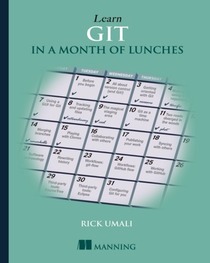One of the things I think about when I procrastinate is the acknowledgements section. Manning calls this section “the front matter.” You’ve certainly seen and read these paragraphs in which the author calls out to say Thanks to a bunch of people. It’ll be my turn to do this soon, and I thought it would be nice to highlight a few in this forum.
Acknowledging Boston PHP is a no-brainer. They helped me get a job (I had attended one of their job fairs), and they gave me a platform for my speaking. Boston PHP is one of the largest meetups on the Meetup website, thanks to Michael Bourque, who helped revive the group many years ago. Most PHP developers in Greater Boston have heard of this group.
Matt Murphy is the chief organizer of the Boston PHP Meetup today. He and one of his co-organizers, Bobby Cahill, kept me in mind as a speaker, and I have spoken for them twice: once at Northeast PHP (2012), and once at their regular meetup (2013).
Both were large presentations, and they were solidfying experiences for me. A majority of the ideas in the book come from the preparation for those sessions. PHP code is what I first learned Git on, and even though I don’t do much PHP today, I’ll always be grateful for my time in Boston PHP’s orbit.
Thanks for reading, everyone!
